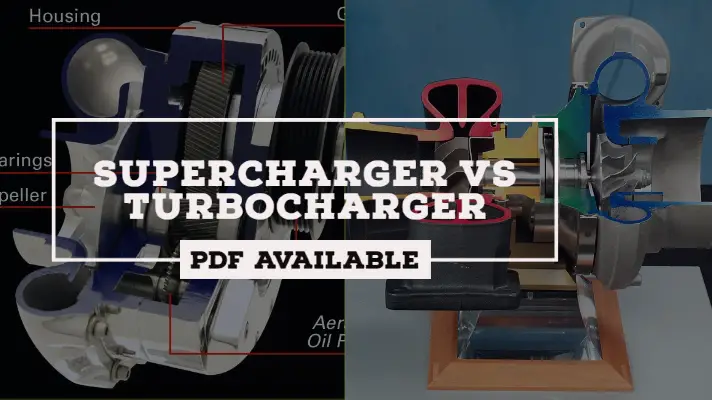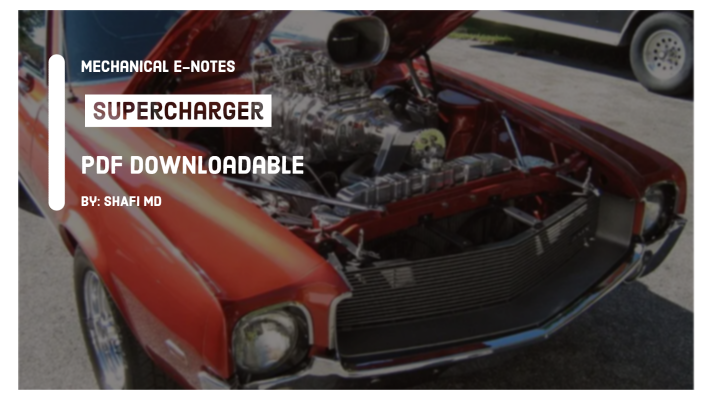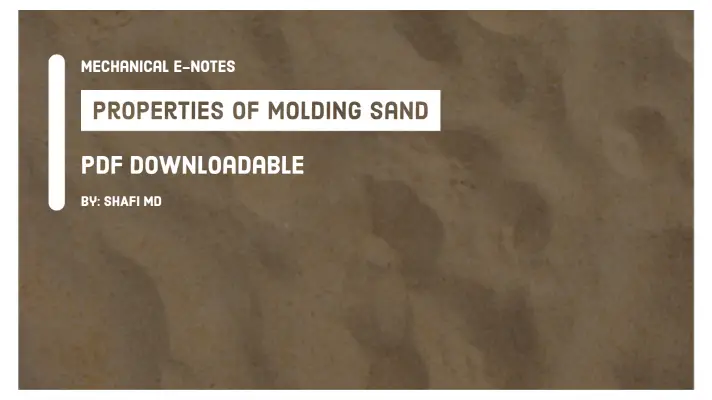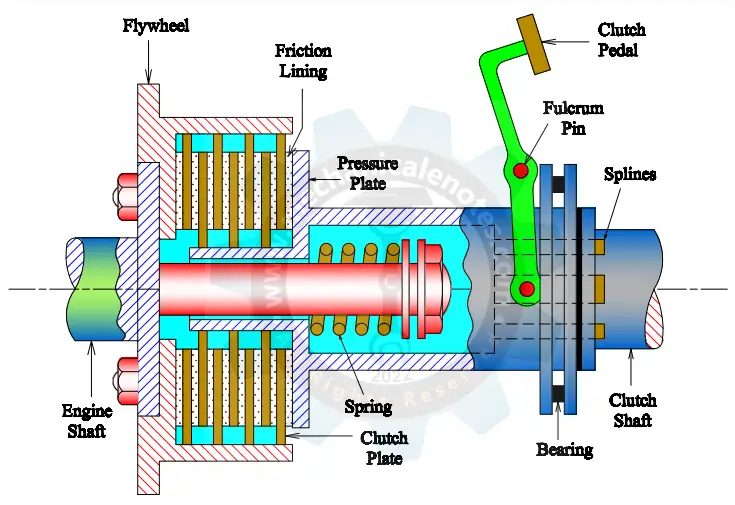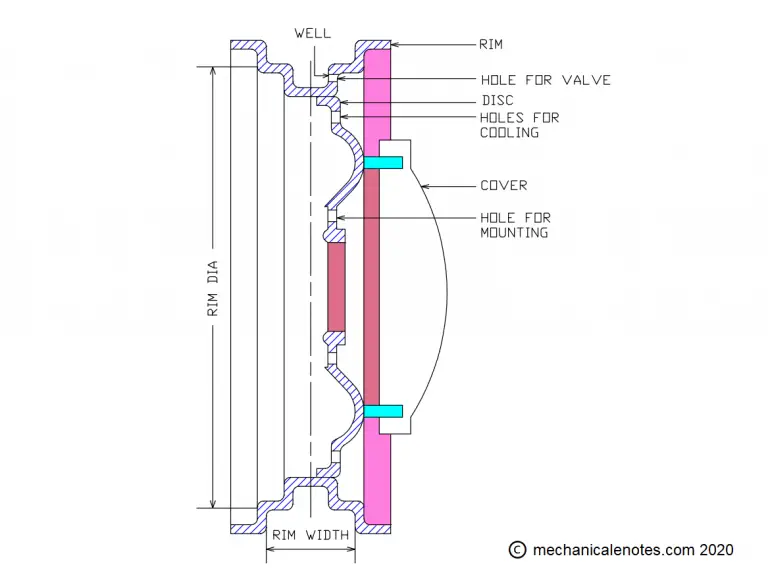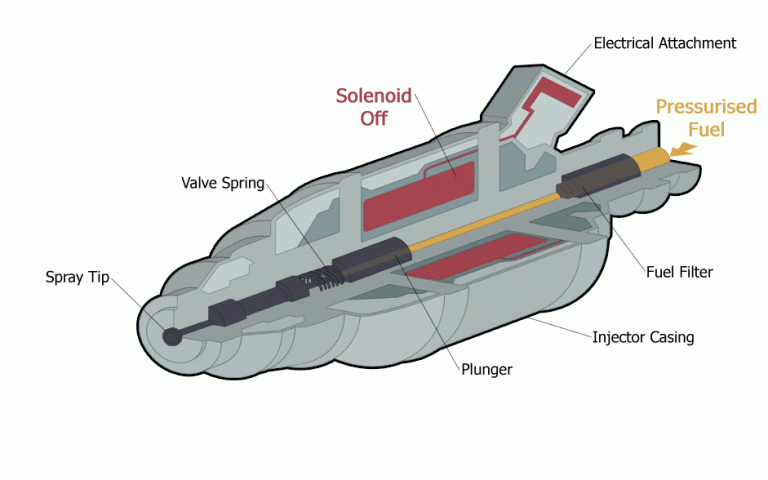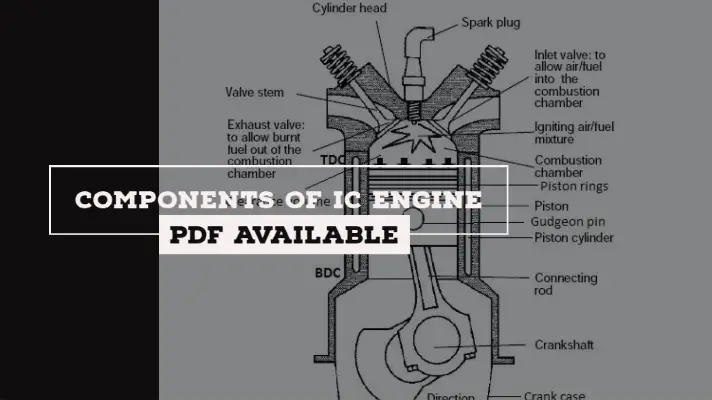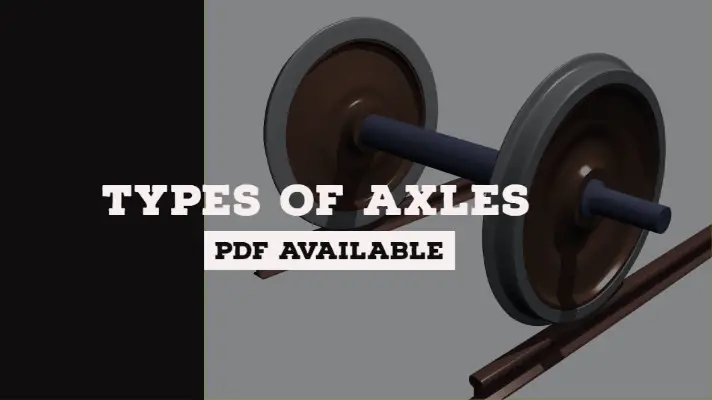Types of Fuel Supply System in Petrol Engine [PDF]
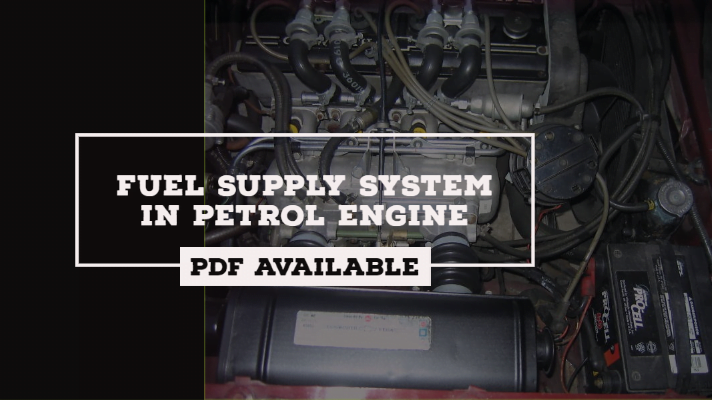
Hey guys, in the last class, we have discussed Types of Oil filters and Types of lubrication systems in a detailed way. You can check it here and now, in today's article, we will discuss Types of Fuel Supply System in SI Engine briefly.
In automobiles, the basic fuel supply system with petrol engine consists of following components:
- A fuel tank
- Fuel pump
- Fuel lines
- Air cleaner
- Fuel filter
- Carburetor
- Inlet manifold
- Supply and return pipelines
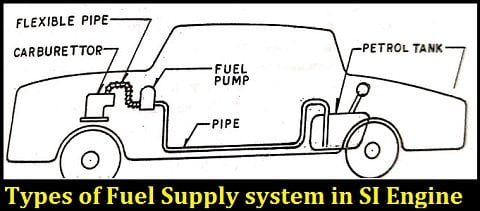
Types of Fuel Supply System in Petrol Engine:
The following are the types of systems that have been used for the supply of fuel from the fuel tank to the engine cylinder.
- Gravity system
- Pressure system
- Pump system
- Fuel Injection System
Gravity system, pressure system, and pump system make use of the carburetor whereas the fuel injection system does not use carburetor for the Air/Fuel supply.
The Gravity system is confined to two-wheelers only whereas the Pressure and the Vacuum systems are almost obsolete now.
The Pump system is widely used in automobiles and due to certain advantages, the usage of the Fuel injection system is rapidly increasing in modern vehicles.
The detailed explanation of Fuel Supply systems is as follow:
Gravity System:
- In this system, the fuel tank is mounted at the highest position from where the fuel drops into the carburetor float chamber by gravity.
- The system is very simple and cheap.
Pressure System:
- In the pressure system, a sealed fuel tank is used and the pressure is created in the tank using either engine exhaust or a separate air pump.
- For starting, the pump is primed using hand.
- It is under pressure thus producing the fuel flows to the float chamber of the carburetor.
There are chances of pressure leak but the advantages lie in the fact that the fuel tank can be placed at any suitable location.
Pump System:
In this system, a steel pipe is used to carry petrol from the fuel tank to the fuel pump, which pumps it into the float chamber of the carburetor through a flexible pipe.
The mechanical pump is driven from the engine camshaft.
However, electrically operated fuel pumps can be placed anywhere, away from the hot engine in reducing the tendency of forming vapor lock and this system is commonly used in present-day cars.
Fuel Injection System:
The petrol injection system has been used successfully in some modern vehicles. The petrol injection system is used in the place of Carburettor so that the desired quantity of fuel and air will reach all the cylinders.
The fuel is atomized by means of an injector nozzle and then delivered into the air stream.
Separate fuel injectors are used for each cylinder while the mixture under different load and speed conditions is controlled either mechanically or now more often electronically and this is the most accurate fuel supply system.
This is an explanation about the Types of Fuel Supply System in the SI Engine in a detailed way. If you have any doubts, you can comment on us from the comments section.
MORE RESOURCES:
Classification of Chassis
Types of Oil filters
Types of lubrication systems
References [External Links]:
- FUEL & FUEL SYSTEM
- DE-5: Lesson 15. FUEL SUPPLY SYSTEMS - Read Here
Media Credits:
- Feature Image: By Vegavairbob at English Wikipedia, CC BY-SA 3.0, https://commons.wikimedia.org/w/index.php?curid=12013462


